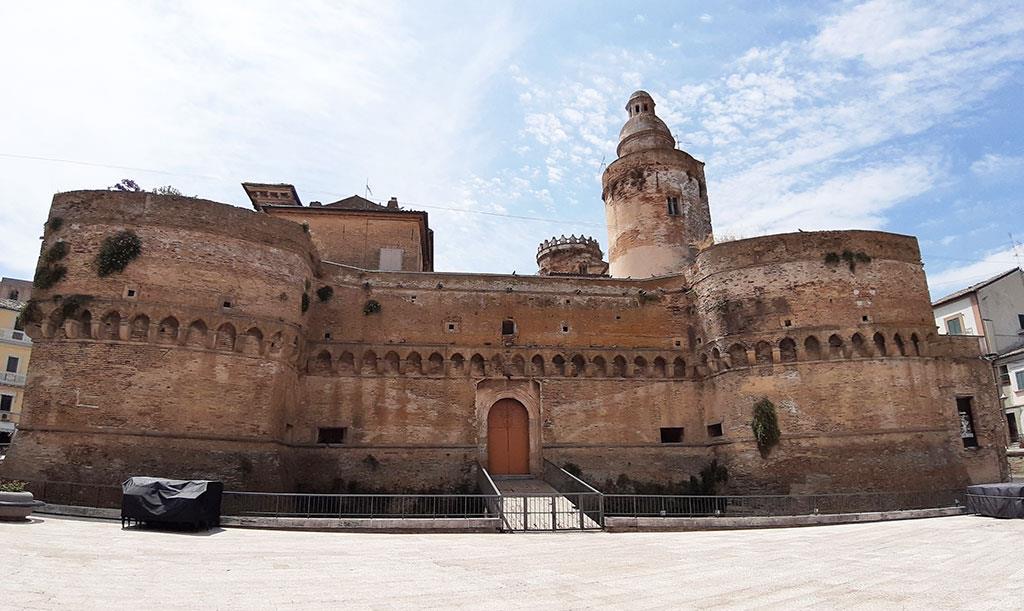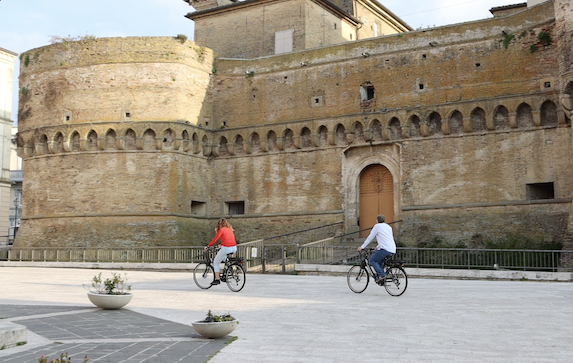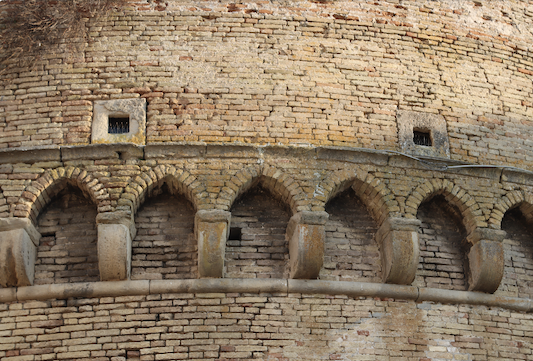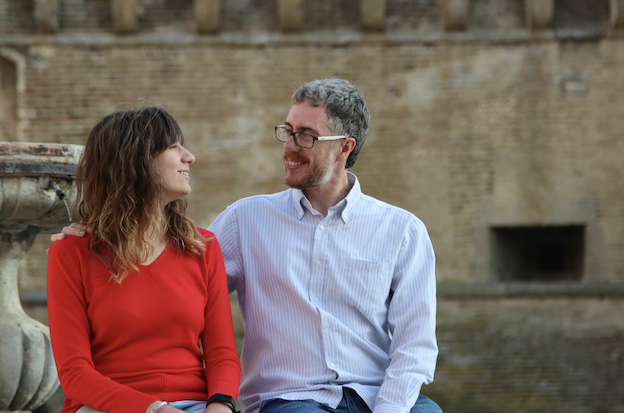Caldoresco Castle
Half Neoclassical Palace, Half Medieval Castle.
Caldoresco Castle, the main monument of the city, presents two opposing natures. When observed from Piazza Barbacani, it stands out as a medieval stronghold, complete with a moat and drawbridge, while from Piazza Rossetti it appears as a neoclassical palace, Palazzo Palmieri.
The castle, with its composite and eclectic forms, is actually a compendium of the city’s history, and careful observation allows one to trace the events of two thousand years summarized within its walls.
If one could access its cellars, in the part transformed into a palace, Roman walls would be discovered. These are the remains of the ancient Histonium amphitheater, on the ruins of which the Franks likely built the first castle after the conquest of the village in 802 and the foundation of Vasto d’Aymone.
When Giacomo Caldora, a powerful mercenary captain, received the city of Vasto as a feud in 1422, he decided to adapt the castle to the defensive needs imposed by the advent of firearms. In 1427, he began the construction work, probably entrusted to the military engineer Mariano di Jacopo from Siena, known as “Il Taccola”. He expanded the castle according to a model known as a “bastioned enceinte,” with three sturdy almond-shaped bastions designed to deflect artillery fire and a fourth circular bastion against which the “castle gate” was located, where one now passes from Piazza Rossetti to Piazza Diomede.
The castle that we see today from Piazza Barbacani is, therefore, the one from 1427, devoid of the two inner towers that were originally part of the walls and were meant to give the castle a similar appearance to the one Caldora built in Pacentro. The towers that now peek out from the walls, the one surmounted by the octagonal lantern and the cylindrical one with Guelph merlons, were instead added by Marquis Cesare Michelangelo d’Avalos, who repurchased the castle from the municipality in 1701 and restored it after it had been used as a courthouse and prison.
After the Napoleonic period, the castle was purchased by Salvatore Palmieri, who entrusted the construction of a palace to the city’s leading architect, Pietrocola. Following Pietrocola’s original intervention, further alterations marred the North side with a series of shops built against the outer wall. Fortunately, these shops were demolished in 1960, at least restoring the medieval facade of the castle to its original form.
The Caldoresco Castle is in our itinerary:
LE MURA DEI CALDORA
The proposed stages:
- Torre del Moro
- Arco di Porta Nuova
- Castello Caldoresco
- Loggia Amblingh
- Torre di Bassano






